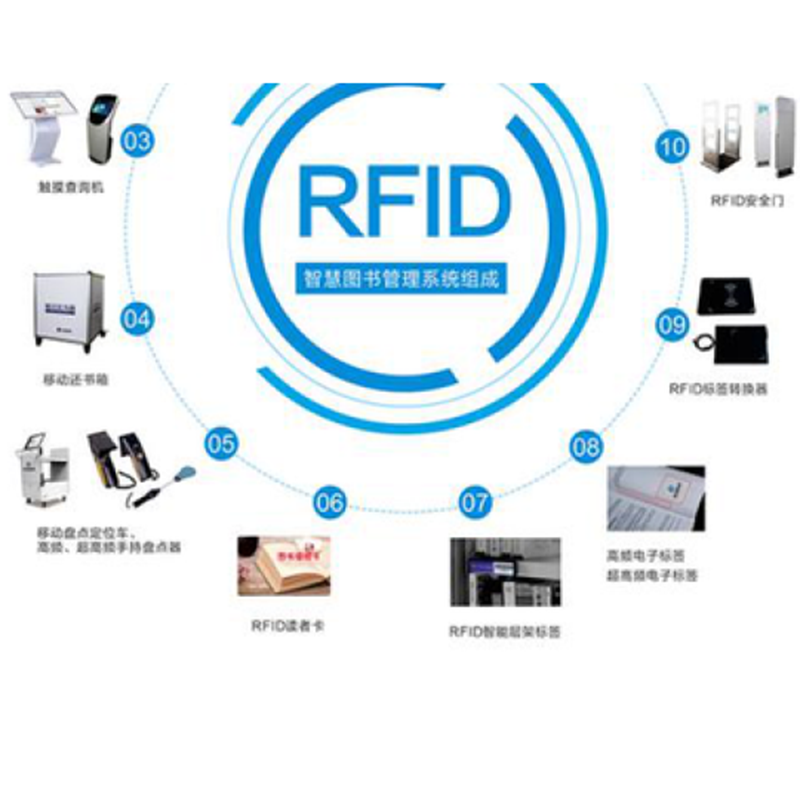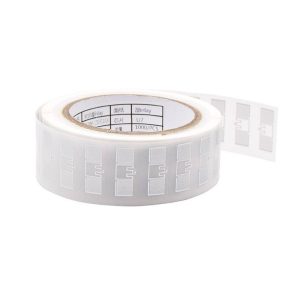The price of RFID electronic tags and the functions and applications of RFID adhesive electronic tags

The price of RFID electronic tags has changed from only a few cents
RFID self-adhesive electronic tag is a type of passive electronic tag, consisting of a self-adhesive base paper, a surface paper, a middle adhesive layer, and an RFID Inlay layer. The tag can encapsulate different RF chips and antennas inside, making it soft, lightweight, easy to stick, and cost-effective. Due to the characteristics of fast recognition speed, convenient and fast reading, large chip capacity, rewritable chip data, long service life, and high security, RFID adhesive electronic tags play an important role in many industries, such as aviation luggage management, mail/express package management, document/book management, fixed asset management, anti-theft/anti-counterfeiting management, etc., realizing functions such as intelligent identification of items, item tracking, item anti-theft, item inventory, item positioning, and information collection.

RFID self-adhesive electronic tags are made of synthetic paper, PET, PVC, etc. They are attached to the surface of packaging boxes or documents, with good adhesion, wear resistance, and low cost. They can print product information on the surface of electronic tags, including name, model, production date, and so on. RFID stickers have advantages such as no need to brush glue, no need to paste, no need to dip in water, no pollution, and save labeling time. They have a wide range of applications and are convenient and fast.
The functional application of RFID adhesive electronic tags

1. Archive/Library Management: By attaching electronic tags to archive books, it is convenient to receive book information, locate, lend and return registration, etc. This can improve work efficiency and avoid work errors.
2. Anti counterfeiting traceability: Each product has a unique RFID electronic tag that records all information from the source manufacturer to the sales terminal. Through scanning, a detailed information record is generated.
3. Production line management: RFID electronic tags can conveniently and accurately record process information and process operation information on the production line, meeting the needs of flexible production. The recording of labor number, time, operation, and quality inspection results can fully achieve traceability in production, avoiding errors caused by handwriting and visual information in the production environment.
4. Warehouse management: RFID electronic tags can effectively solve the problem of warehouse cargo information management, allowing for real-time understanding of cargo location and storage conditions. It plays an important role in improving storage efficiency and guiding production.

5. Store retail management: RFID adhesive electronic tags support repeated erasure, and the price of paper tags is generally fixed. RFID adhesive electronic tags can handle changes in product prices more quickly without tearing them up. They can be directly read, modified, and written using a reader, eliminating the need for repeated label insertion and reducing labor costs for label replacement. Work efficiency is also improved. Even if the product information on the surface of the tag is blurry and damaged, as long as the chip is intact, it can still be read and written correctly, avoiding shopping disputes caused by work negligence and improving the shopping experience.






